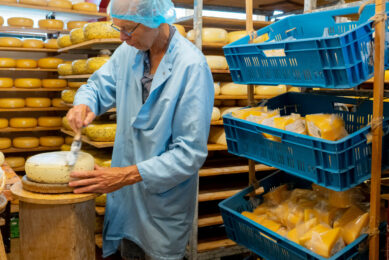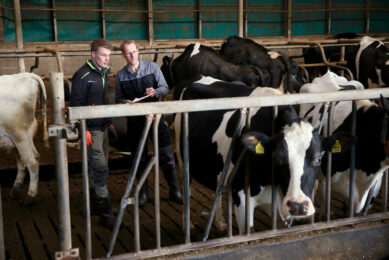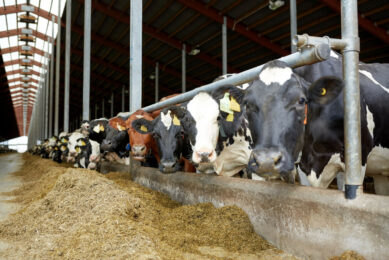Uncertain times for Russia’s dairy industry
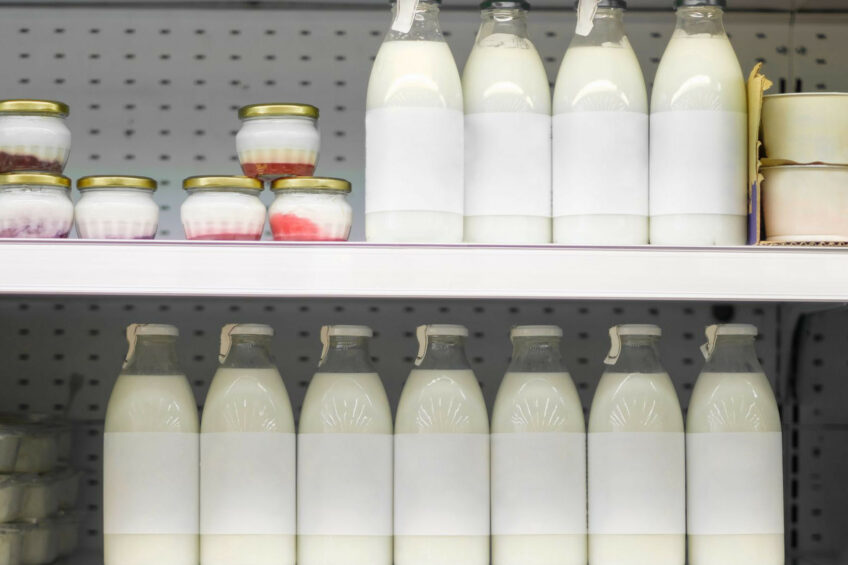
Figures show that the last decade was outstanding for the Russian dairy industry, with booming investments and production performance. However, the next decade will likely be different.
Nearly Rub 1.5 trillion (€15 billion) has been invested into the Russian dairy industry since 2014, Soyuzmoloko, a prominent Russian dairy industry union, has estimated. Out of this figure, Rub 1 trillion (€10 billion) was pumped into the raw milk sector and the rest into milk processing, the organisation calculated.
The starting point was set in 2014 when the Russian government imposed a food embargo, practically overnight, wiping out imports of nearly 1 million tonnes of dairy products, primarily from the European Union. The embargo triggered the Russian dairy industry’s transformation and accelerated its growth, Artem Belov, Soyuzmoloko said.
Riding an import-replacement wave, Russian dairy firms have boosted cheese production (132%), cream (205%), whole milk powder (222%), and skim milk powder (104%) since 2014. Russian raw milk production in the industrial sector jumped 49.5% to 20 million tonnes per year.
The growth was accompanied by a surge in efficiency and productivity. The average yield jumped 80% over the past decade, reaching 8,165 kg per cow per year. A few modern processing factories were put into operation featuring advanced technologies.
Over the past decade, the Russian dairy industry has also benefited from generous state aid, totalling Rub 380 billion (€3.8 billion). In addition, Russian firms saw a surge in domestic dairy consumption. For instance, Russian cheese consumption jumped 42%, butter 32%, ice cream 35%, drinking milk 6%, cottage cheese 8%, and sour cream 10% over the past decade. The lion’s share of that growth was recorded in the last 2 years.
Russian dairy sector hindered
However, there are some issues and doubts expressed regarding the future of Russia’s dairy industry, which is still scrambling to come to terms with Western sanctions and which suffers from some systemic issues.
A study conducted in 2024 by Soyuzmoloko and Streda Consulting, a Moscow-based think tank, showed that despite the tangible progress in this field, the dairy business still lacked a variety of equipment and spare parts. For example, Russian firms experience difficulties in sourcing equipment for production and packaging of milk fat and ice-cream. The dairy equipment market also suffers from a lack of filtration lines for the production of dry ingredients.
These challenges in equipment procurement not only hinder the industry’s growth but also makes routine and maintenance challenging. Basically, imports of all high-tech equipment were in the ‘red risk zone’, the study indicated. This means the supply channels through which the technologies are purchased are, to a degree, unreliable. Occasional reports show that Russian factories still rely on imports of European equipment in several segments, including through parallel imports. Market players realise that these deliveries can be suspended at any time as new restrictions keep coming. For example, in June 2024, the US imposed a fresh round of sanctions, prohibiting the export of business management and analytics software to Russia.
As explained by Sergey Bluma, CEO of Agromilk, a major Russian milk manufacturer, the restrictions, which are yet to come into force, could be somewhat painful for the industry, which largely relies on foreign software.
Yuri Serednev, owner of the Zarya Agrofirm, for example, agreed that the transition from US programs can be difficult and costly, but it can be handled. In general, Russian firms indicated that software similar to Western software functionality have already been available on the market.
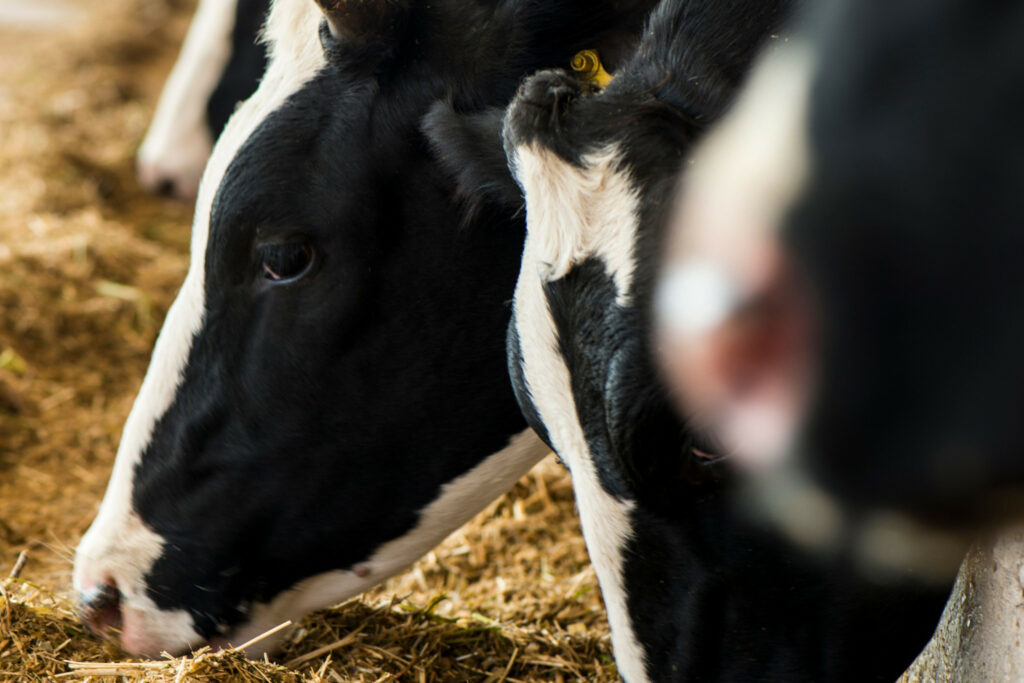
Driving into a roadblock
Potentially bigger challenges are related to the country’s general economic situation. According to Belov, some of the critical risks for the dairy industry are tied to the high Russian Central Bank’s key interest rate and the workforce shortage, which has been spurring labour costs over the past few years.
The Russian Central Bank increased key interests in several rounds during the last year to 20% as of September 2024. In November 2023, several Russian state corporations voiced concerns that the high interest rate is hurting their businesses and hampering development plans.
The dairy industry has taken advantage of state aid, which is provided in the form of soft loans with subsidised interest rates. However, Belov said that a possible decline in state aid is seen as a threat to the dairy industry.
These challenges are common to the Russian economy. As a result, the dairy industry is experiencing a surge in costs as electricity, fuel, and feed become more expensive. Belov estimated that by the end of 2024, raw milk costs could jump by 15-17%.
The dairy industry is not the only sector where fears about shrinking state aid are being voiced. In general, it is believed that a strained Russian budget, bearing the burden of high military costs, will not maintain the current pace of expenditures for much longer, and some belt-tightening measures may become inevitable at some point.
Over the past few decades, the Russian dairy industry has been growing on the back of import-replacement and surging domestic demand, the potential of which is nearly exhausted.
Export potential
According to Belov, the future development of the Russian dairy industry will be primarily associated with sales to foreign customers. “The industry sees a shift in its development vector from import substitution to unlocking export potential. Russian firms are already working in the markets of East and Southeast Asia, Africa and the Middle East, with exports to the global market exceeding 1 million tonnes of dairy products in milk equivalent per year,” Belov said.
However, things are far from perfect on that side, too, as numerous reports indicate growing problems experienced by Russian firms in collecting payments for delivered goods, including to countries considered politically neutral or friendly.
The last decade saw the Russian dairy industry develop in nearly perfect conditions, with soaring domestic demand, the absence of serious foreign competitors, ample state aid, and virtually no challenges. However, prosperity seems to be declining and any further growth can only be hard-won; much will depend on the political situation and sanctions.
Join 13,000+ subscribers
Subscribe to our newsletter to stay updated about all the need-to-know content in the dairy sector, two times a week.



